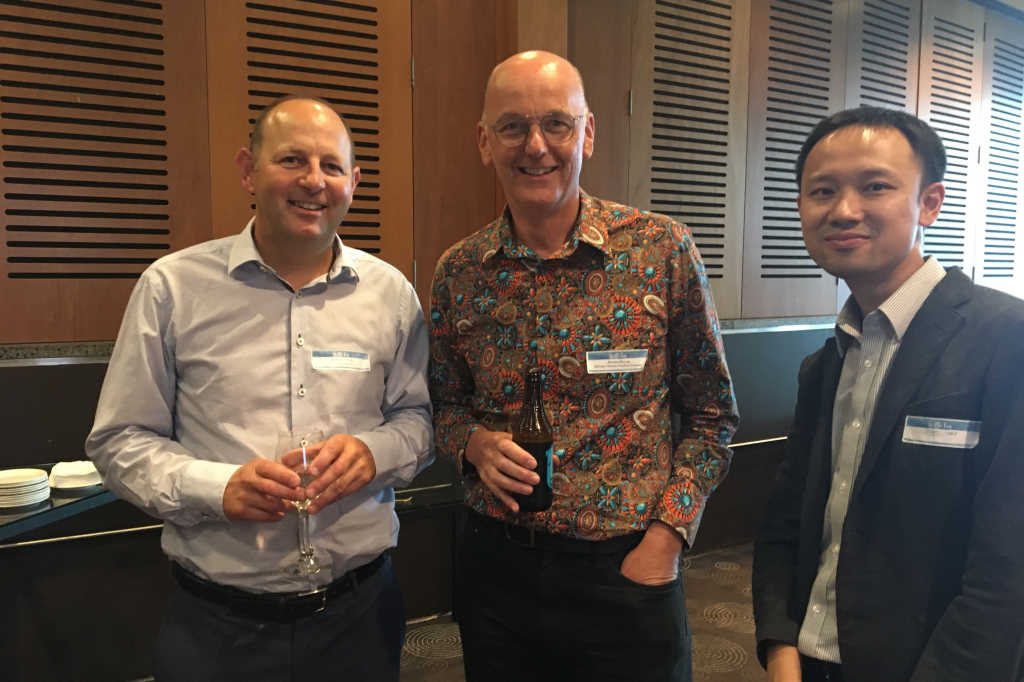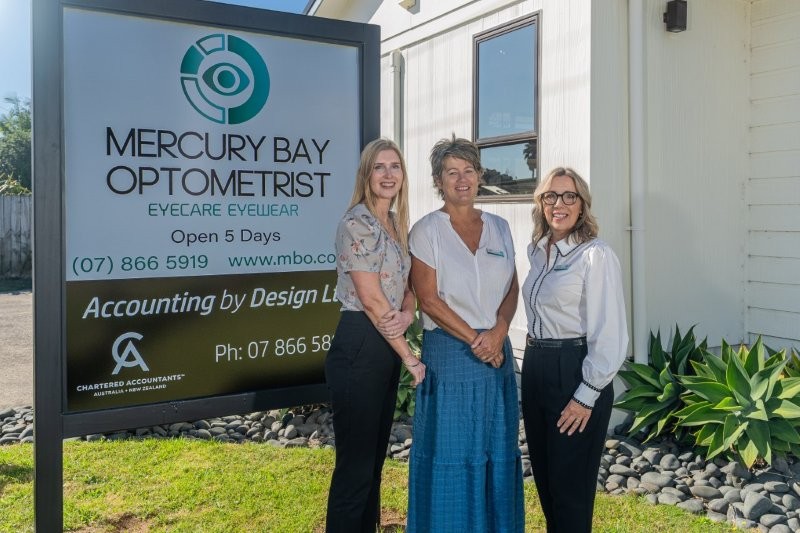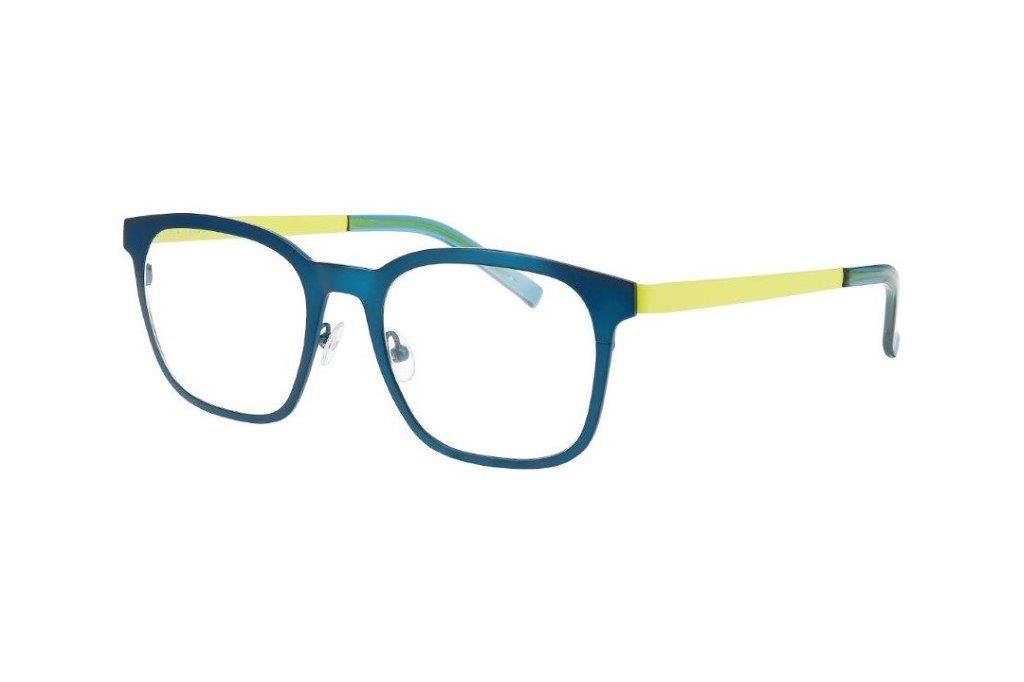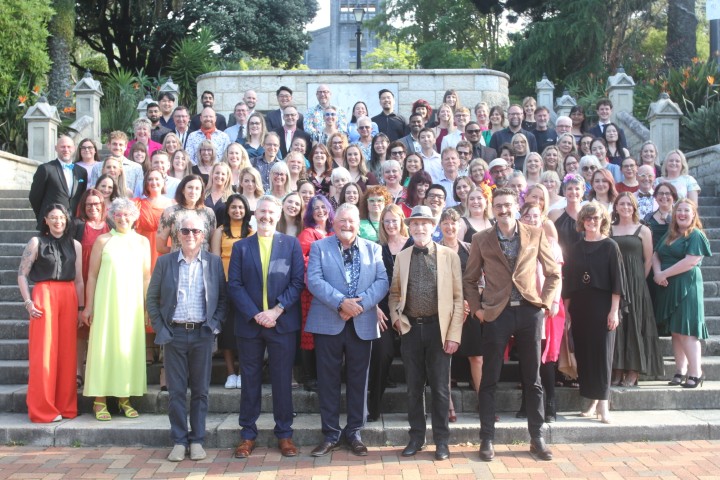Clinical learnings and successes
Eye Doctors launched the 2020 Grand Rounds in late February at Novotel, Greenlane, with topics including irregular corneas, medication toxicity, visual field testing, strabismus surgery and ocular coherence tomography (OCT) interpretation. A pleasant mix of learning and networking was enjoyed by all, providing a stellar start to the Auckland CPD season.
Keynote speaker Dr Penny McAllum kicked off proceedings with a talk on how to manage irregular corneas, particularly when planning for cataract surgery. Dr McAllum said today’s patients have high expectations of good visual outcomes and, as irregular corneas are quite common in the cataract population, these patients require careful pre-operative evaluation, education and medical and/or surgical management to avoid disappointment and compromised outcomes.
Dr McAllum discussed management of pterygium, Salzmann’s nodules, conjunctivochalasis and epithelial basement membrane dystrophy. Surgical removal should be considered for large or central lesions, in cases with irregular astigmatism and if other symptoms are present, she said. Combining ocular surface surgery with intraocular surgery is never a good idea, Dr McAllum stressed, adding that surgical removal of pterygium requires three to six months to heal.
When it comes to lens choice and irregular corneas, Dr McAllum’s ‘go to’ for mild regular astigmatism is a toric monofocal lens. She said she would not recommend a multifocal lens for corneal disease patients, as the contrast sensitivity is already reduced and would be further compromised by a multifocal lens.
Post-surgery follow-up in this population requires a little extra ‘TLC’, said Dr McAllum. She recommended prescribing lubricants, treating blepharitis, considering preservative-free drops and sometimes temporary punctal plugs. Avoiding neomycin may also assist with faster ocular surface healing.
Next up was Dr Andrew Riley, covering medications causing toxicity. Dr Riley said drugs affecting the retina encountered by practitioners are changing. Newly developed cancer drugs, including MEK inhibitors, are biological agents for immune modulation, which reduce tumour size but causes macular issues in 5-10% of patients, he said. With these drugs now funded in New Zealand, including Keytruda, Taxol and prostaglandin analogues, these patients will become more frequent, said Dr Riley, reminding the audience of the importance of understanding the patient’s medical history.
Drugs causing retinal pigment epithelial changes to be watchful of are hydroxychloroquine (auto-immune diseases) requiring screening for retinal toxicity, Mellaril (antipsychotic) and Deferoxine (iron chelating), Dr Riley said. Oral contraceptives increase the risk of vein occlusion and can cause vascular damage and the breast cancer drug Tamoxifen can cause crystalline retinopathy, he added.
Dr Mark Donaldson took the stage next, presenting visual field (VF) notes, comparing the effectiveness of the commonly used Zeiss 24-2 Humphrey VF test with the company’s new gold standard Humphrey Field Analyser 3 with Sita Faster 24-2s. The latter included ten additional central points while reducing test time by 50%, said Dr Donaldson. Not missing the central points is especially important, he said, as they are critical for glaucoma diagnosis.
After some refreshments and mingling, Dr Julia Escardo-Paton shared four vertical adult squint cases, which resulted in life-changing surgery for the patients and is the very reason she loves her job, she said. Dr Escardo-Paton walked the audience though the four squint cases and their respective surgical procedure. Outcomes were successful, Dr Escardo-Paton said, leaving patients free of patches and one enquiring about driving again after years with no licence.
Dr Joel Yap rounded up the evening with a macular OCT interpretation; discussing what we are looking at, and importantly, how we interpret it. OCT interpretation is a rapidly changing area, partly driven by the involvement of artificial intelligence (AI), said Dr Yap. When looking at an OCT scan, always consider which layer of the retina the main abnormality is, he said, while also taking the patient’s age and clinical presentation (and other eye) into consideration. Pattern recognition is also useful; when the image doesn’t fit a pattern you are familiar with, always ask questions, he concluded.


























